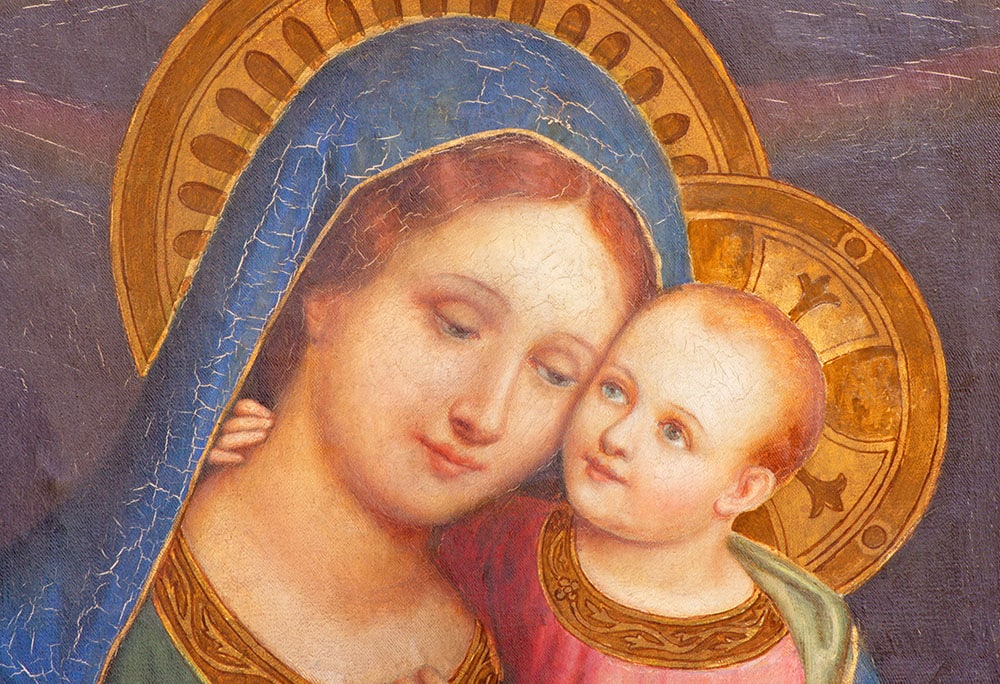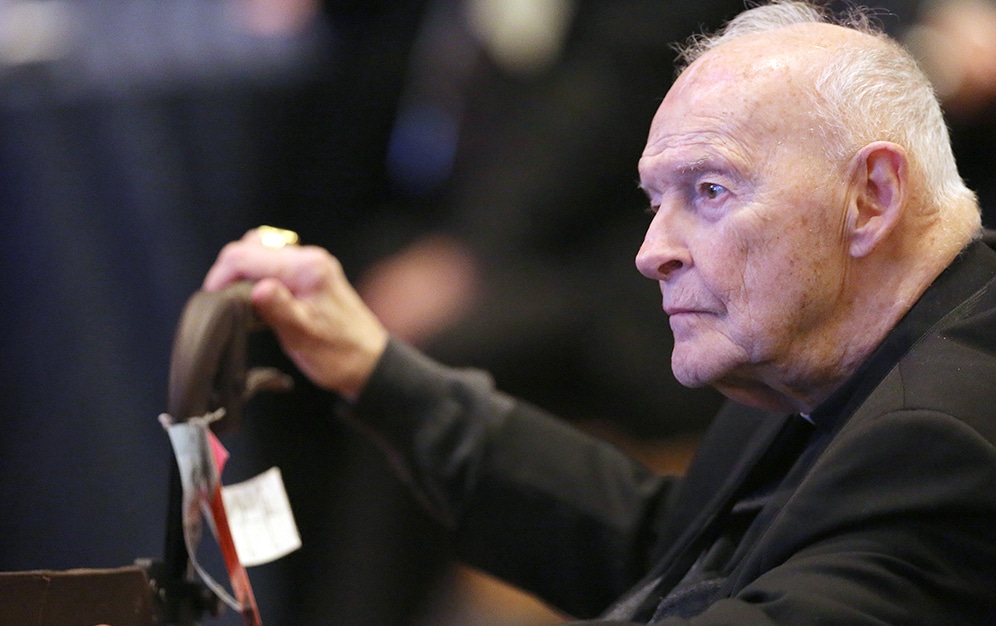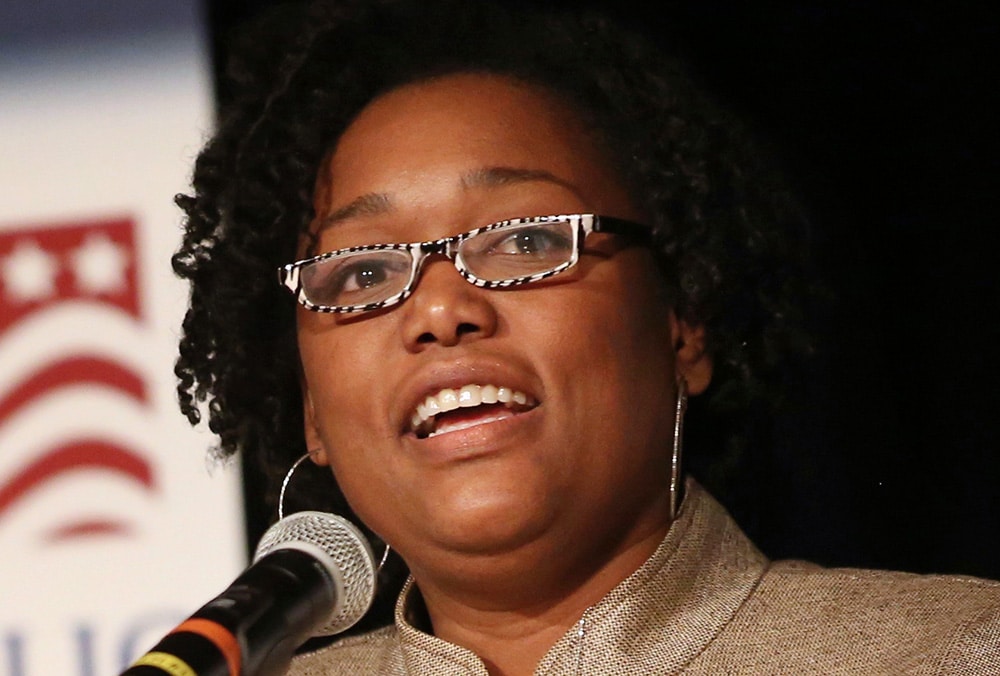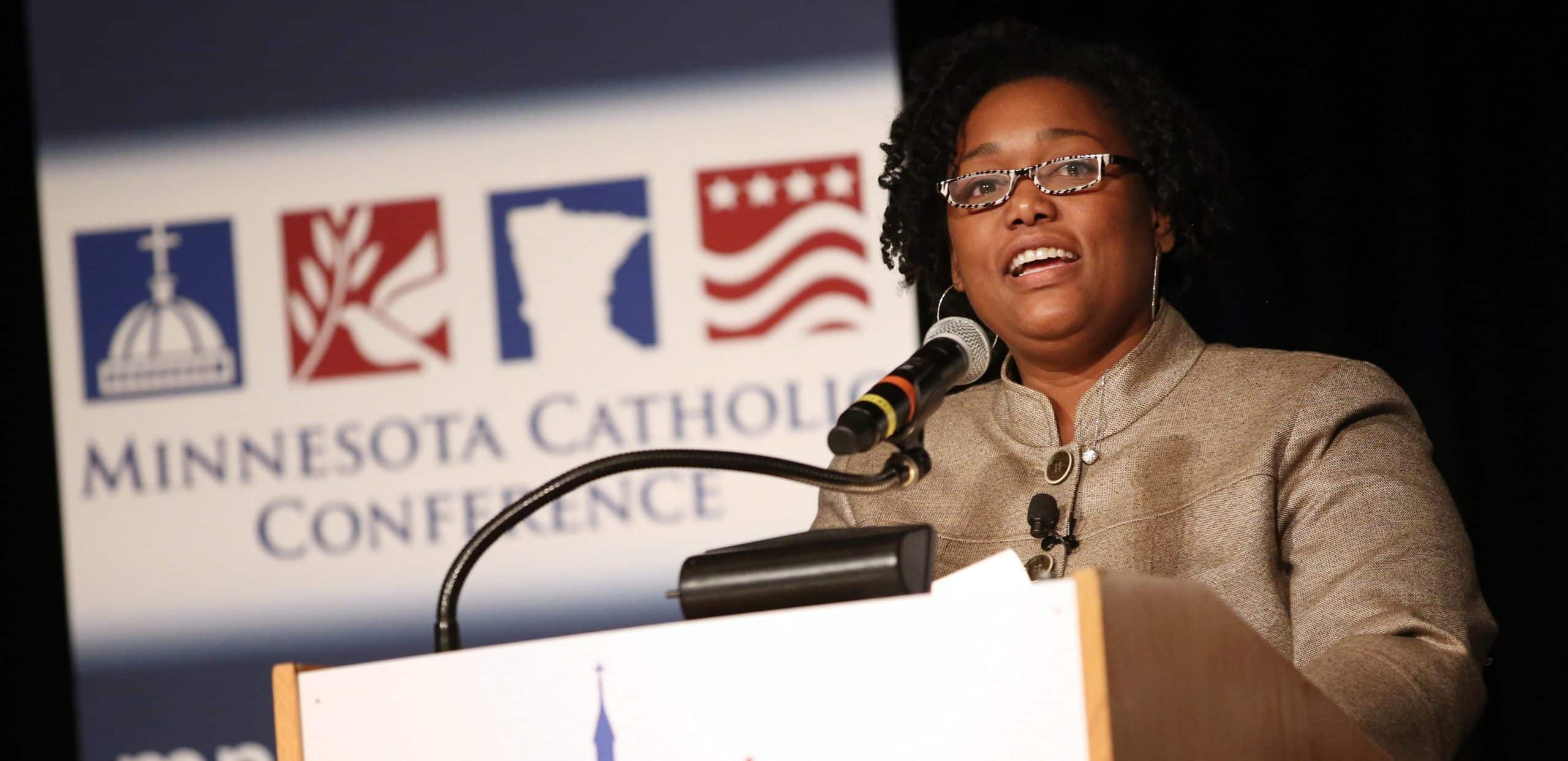 Question: In our teachings, Mary is called “ever-virgin.” But, in the Acts of the Apostles and elsewhere, James is acknowledged as the brother of Christ. I realize familial terminology of that era may well differ from that of today, but I would appreciate it if you could elaborate.
Question: In our teachings, Mary is called “ever-virgin.” But, in the Acts of the Apostles and elsewhere, James is acknowledged as the brother of Christ. I realize familial terminology of that era may well differ from that of today, but I would appreciate it if you could elaborate.
— Lee Baranowski, Florissant, Missouri
Answer: Many non-Catholics asking this question seem to presume that the Catholic Church — which is 2,000 years old and compiled and authorized the Scriptures — is somehow unaware of this seeming contradiction. Of course the Church is well aware of these Scriptures, and no one, even the early Protestant reformers, were troubled by them. They knew there were clear answers to claims that the “brethren” of the Lord refuted Mary’s perpetual virginity.
Nearly all of the first leaders of Protestantism — for example, Luther, Calvin, Zwingli and others — believed in Mary’s perpetual virginity. Luther himself wrote, “Christ was the only Son of Mary, and the Virgin Mary bore no children besides him” (“Sermons on John,” ch 1-4). Huldrych Zwingli, founder of the Swiss breakaway movement that today is associated with the United Church of Christ, said, “I firmly believe that Mary, according to the words of the Gospel as a pure Virgin brought forth for us the Son of God and in childbirth and after childbirth forever remained a pure, intact virgin” (Corpus Reformatorum).
So modern Protestants and others who deny Mary’s perpetual virginity stand in opposition even to the founders of Protestantism, not to mention the Church and her 2,000 years of teaching.
None of the following Scriptures alarmed the faithful of the early Church, which clearly taught Mary’s virginity: “Is he not the carpenter, the son of Mary, and the brother of James and Joses and Judas and Simon? And are not his sisters here with us?” (Mk 6:3) or several other passages that mention the “brethren” of Jesus (Mt 12:46, Jn 7:5, Acts 1:14, 1 Cor 9:5). “Brethren” has always been taken to mean “cousin.” This is how Martin Luther interpreted its meaning as quoted above. There was no word for “cousin” in Hebrew or Aramaic (the language Jesus most likely would have spoken). The term “brother” or “brethren” was used broadly for any male relative, and this is how it is used in the Greek of the New Testament (even though Greek does have a word for “cousin”).
James, Joseph, Judas and Simon are called the “brethren” of the Lord. But in at least one case, James, the “brother of the Lord” (also called James the Less or James the younger) is clearly not a blood-brother. St. James (not James the brother of John and a member of the Zebedee family) was one of the apostles and became bishop of Jerusalem. His mother was named Mary, but Scriptures attest she was not Mary, Mother of Jesus. Scripture speaks of another Mary, gathered with others at the foot of the cross: “Among them were Mary Magdalene, and Mary the mother of James and Joseph, and the mother of the sons of Zebedee” (Mt 27:56). Hence there were three women all named Mary standing at the foot of the cross: Mary, the mother of Jesus; Mary Magdalene; and Mary, the wife of Cleopas who was also the mother of James and Joseph. So James’ mother was Mary Cleopas, not Mary the mother of Jesus. This makes him, according to our modern notions, the cousin, not the blood brother of Jesus.
While this does not prove the perpetual virginity of Mary, it does show the danger of challenging any long-held and well-established Christian teaching on the basis of one or two “proof texts” from the Bible.
There is another explanation in the early Church that assigns some of the brothers of Jesus as step brothers. According to the Protoevangelium of James, Joseph was a widower with children of his who was chosen by the High Priest to be the guardian of the virgin Mary. He said, “[Joseph] you have been chosen by lot to take into your keeping the virgin of the Lord. But Joseph refused, saying: I have children, and I am an old man, and she is a young girl. … And Joseph [though] afraid, and took her into his keeping. And Joseph said to Mary: Behold, I have received you from the temple of the Lord; and now I preserve you in my house” (No. 9).
While not scriptural, this text was widely known and respected in the ancient Church as another explanation for her perpetual virginity.
Msgr. Charles Pope is the pastor of Holy Comforter-St. Cyprian in Washington, D.C., and writes for the Archdiocese of Washington, D.C. at blog.adw.org. Send questions to msgrpope@osv.com.





